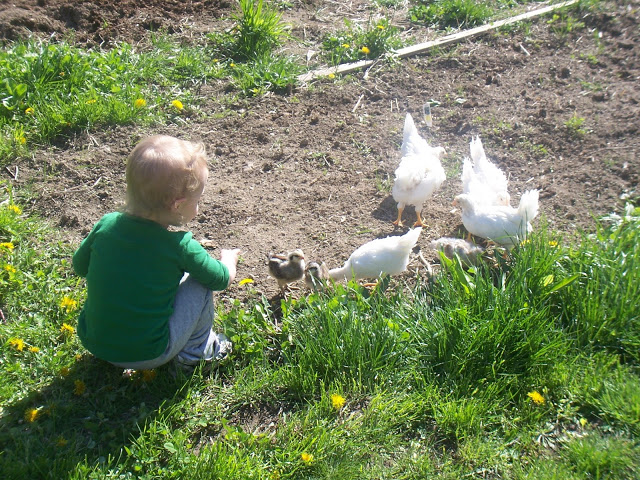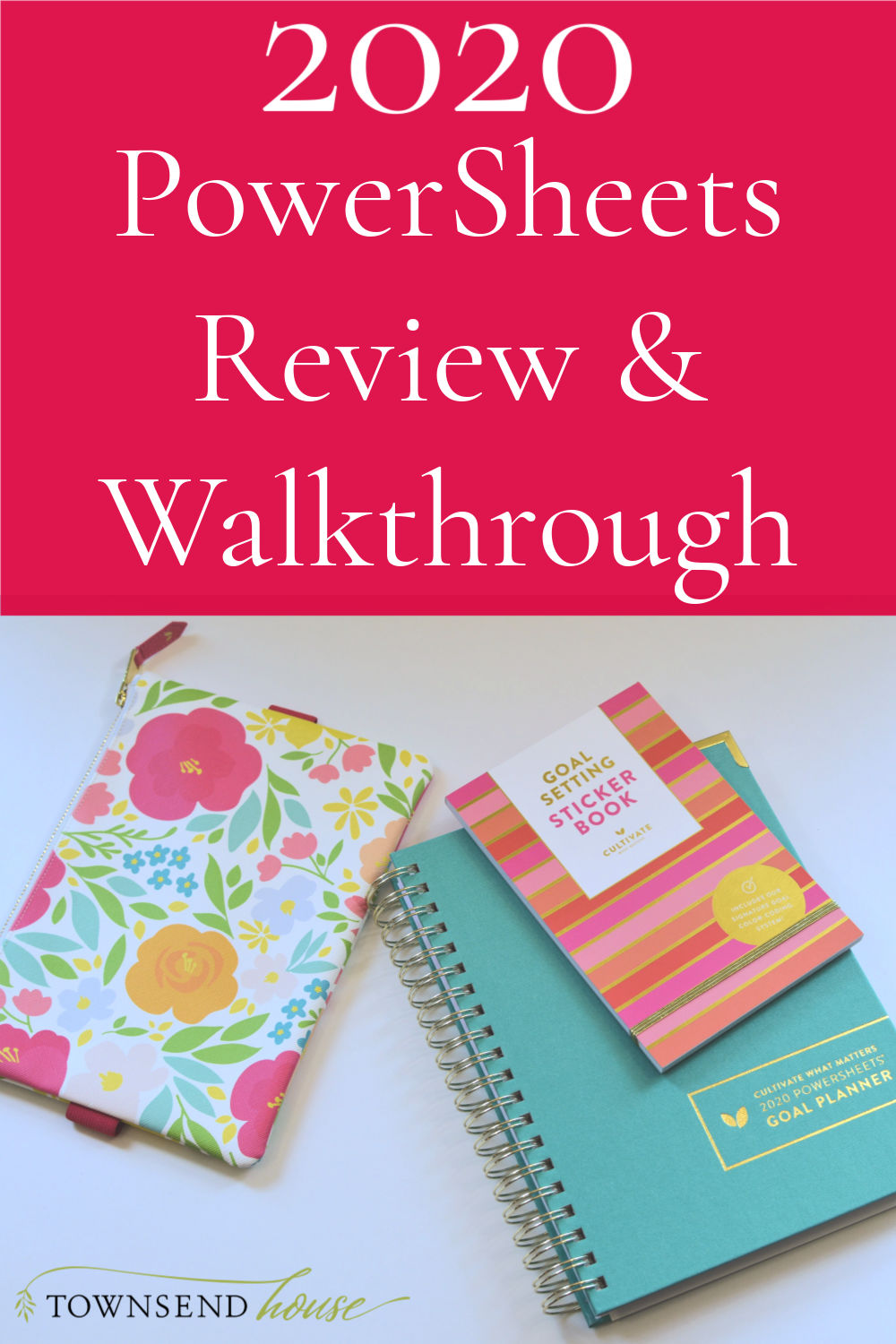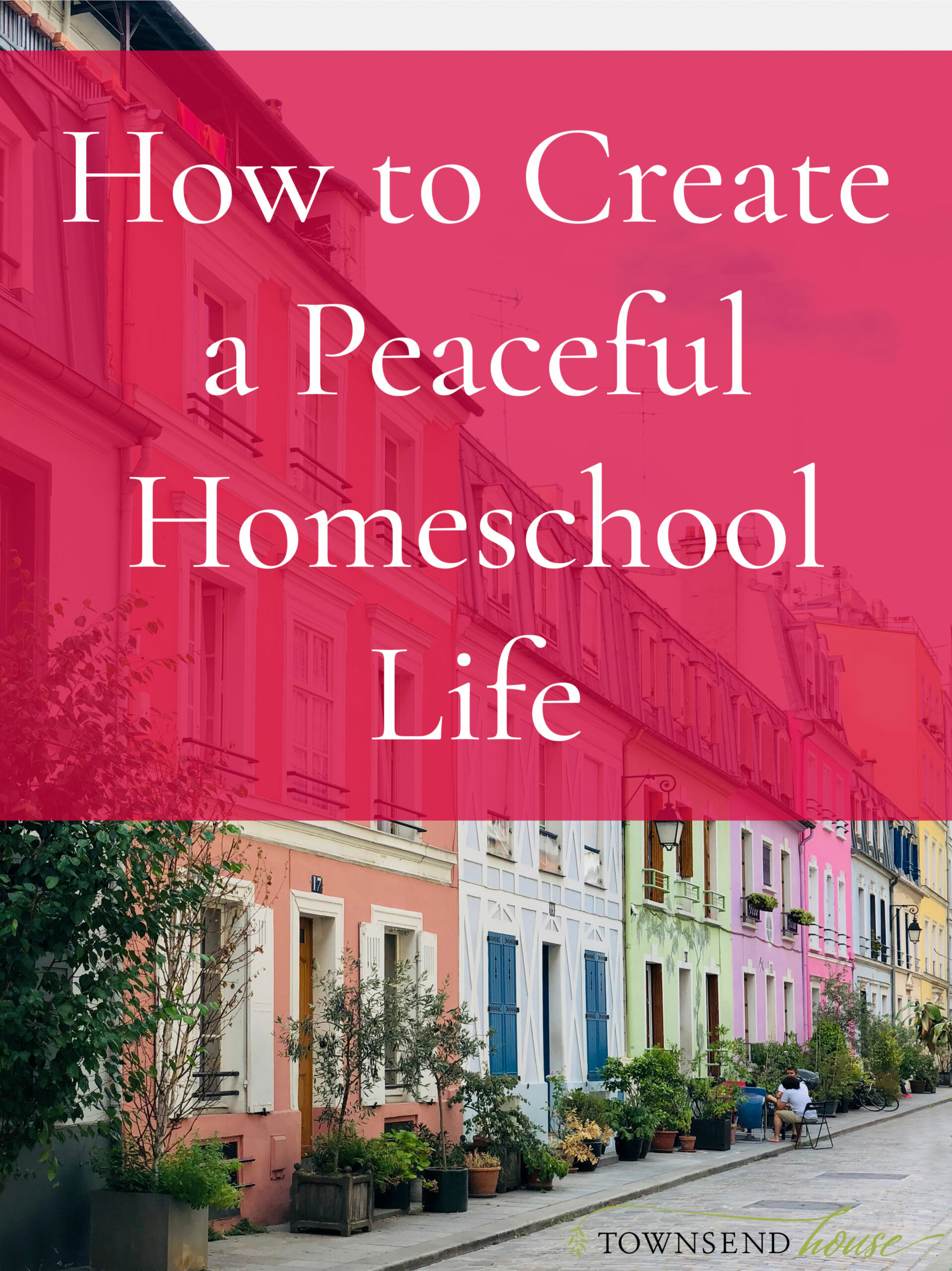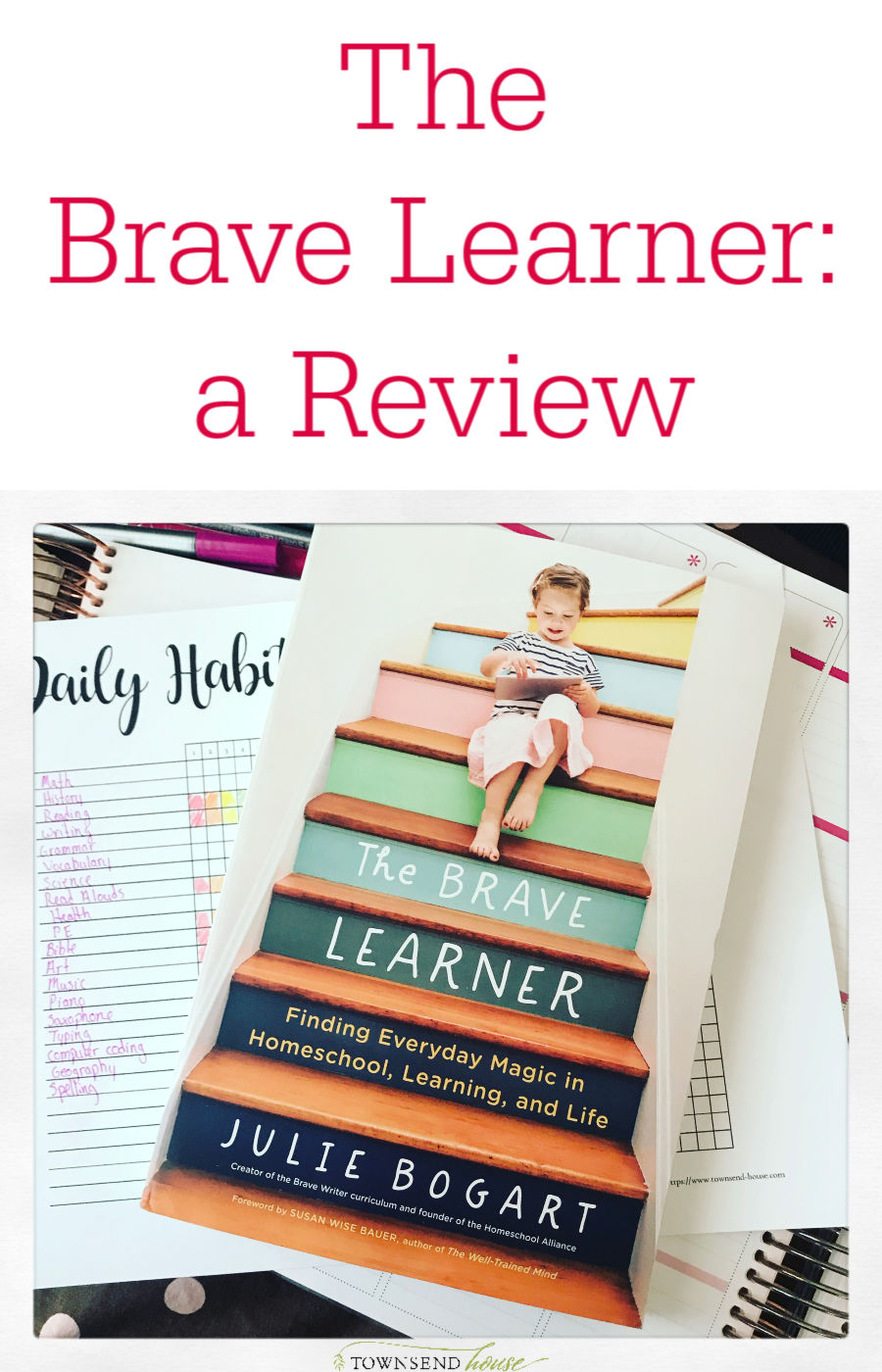The Case for Year-Round Homeschooling
Year-round homeschooling isn’t something you ever think about when you are younger. I remember growing up in school and I couldn’t wait to get out of school for the summer. However, once I started homeschooling, I realized that there was an argument to be made that learning never stops, it just shifts to different types of learning.
What is Year-Round Homeschooling?
Year-round homeschooling is just like it sounds – homeschooling all year long. Now, this doesn’t mean that there are no breaks ever. Instead, it means that you, as the homeschool parent, look for learning activities during every season.
Year-round homeschooling does not mean that you are sitting and doing workbooks every day of the year. Rather, you are making sure to always include a little bit of focused learning in your daily lives.
Your primary goal in homeschooling is to create a love of learning in your child. You want them to constantly be seeking knowledge. In order to do that, you need to observe them, understand what they are interested in, and foster those interests throughout the year.
Why would you want to school all year?
A lot of people hear year-round homeschooling and it automatically rubs them the wrong way. You want a break just as much as your kids. But, the big benefit of homeschooling all year long is that you can take breaks when you want them, when you need them. Instead of waiting until a pre-prescribed week off, you can take a sick day, a mental health day, when you and/or your kids need it.
Another added benefit is that you are able to keep your kids in a better rhythm. Over the years I have found that my kids do a lot better if they continue a little bit of a school routine *most* days of the year. Why? Because they know what to expect.
We all know that kids thrive in rhythm and routine, so homeschooling is no different. If we do a bit of focused learning every day, our kids know what to expect, and I have found that there is a lot less bickering if that happens!
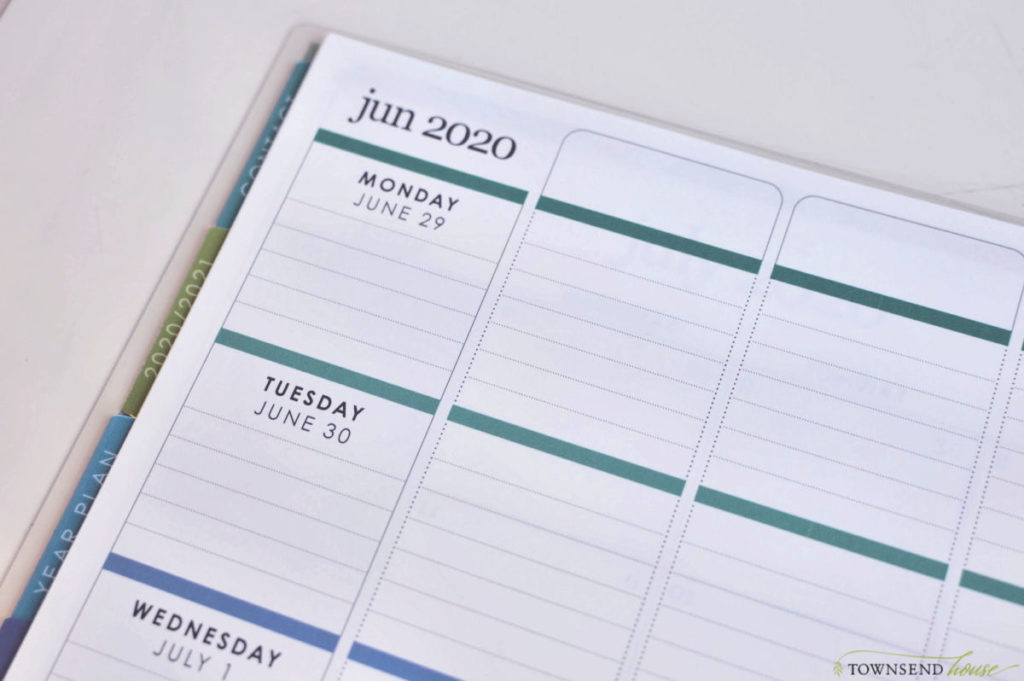
How does Year-Round Homeschooling Work?
This will really depend on your family. What has worked for us is to continue doing the basics each day. A little math, a little reading, a little writing. But, and here is the key, it doesn’t have to be some formal curriculum, or something extremely complicated.
Reading
This post includes affiliate links. If you click on one of these links and make a subsequent purchase I may receive a commission. Read Disclosure.
Reading can really be any book. We prefer twaddle free books, but honestly, any type of free reading will do. I also will read to my kids daily. Even though Emma is almost 12 at this point, she still loves me to read to her. It gives us the opportunity to have some really great discussions about important topics. It helps that we are a book-loving family. But even if you are not, start small – look for books that your kids may really enjoy. Some of our favorites are:
- The Harry Potter Series
- Chronicles of Narnia
- The Trumpet of the Swan
- Charlotte’s Web
- Charlie and the Chocolate Factory
- The Boxcar Children
- Mrs. Frisby and the Rats of NIMH
- The Sign of the Beaver
- Lost on a Mountain in Maine
- A Murder for Her Majesty
- The Ghost in the Tokaido Inn
- The Sherwood Ring
Math
Math can be scary for a lot of homeschool parents. A lot of parents in general actually! But, everyday math doesn’t have to be scary. Math can be a formal curriculum. However, in year-round homeschooling, you probably will not want to keep going to the next level every time you finish one level (or maybe you do, which is also fine!).
Rather you will take opportunities to encourage other parts of math that are often forgotten as math. Things like cooking, things like consumer and business math. Even going to the grocery store and learning about unit prices, and comparing sales ads are good math skills to concentrate on.
Remember, you want well-rounded kids, and while upper-level math is important, so is figuring out a budget and learning to not overspend.
Writing
Writing is our last “everyday” activity in year-round homeschooling. Thankfully, my kids all love to write. I think part of this is because I do not put a lot of parameters on them as far as WHAT they can write. I also do not try to correct every piece of writing.
For a while that was hard. To see my children writing with no sense of spelling or grammar was slightly challenging. However, to them, they just wanted to get the words that were in their heads onto paper.
If you have a reluctant writer, you be the scribe. Have them tell you their fantastic story and you type it out for them. Often their oral telling will be much more detailed than what they are able to come up with while physically writing, especially when they are younger.
A great resource for writing is Julie Bogart and her book The Brave Learner.
How do you Structure Year-Round Homeschooling?
It may sound like we do not structure our year since I look at every day as a learning opportunity. That couldn’t be farther from the truth. Instead, we work in seasons.
Each season brings different elements to our homeschool. During the summer it is all about exploration, doing all the messy science experiments (outside of course!), getting out into nature, being creative by starting a little summer business. All of this is exceptional learning for your child.
In the fall you turn more to academic work. Everyone is ready for a bit more structure after a summer of following interests. You add in more formal resources, maybe have a booklist of books you want to read with the kids instead of picking up whatever tickles your fancy at the library. But, the weather is still beautiful, so you have school outside, you close the books and go for nature hikes and journal about what you see.
In the winter, it is cold and snowy (at least in Maine!), so we do a lot more seatwork. We catch up on any formal resources we may have fallen behind on. The days are dark and cold, so lots of reading on the couch and then watching the movie adaptations to compare and contrast how they differ.
In the spring you see that the end is near. You know you have a few things to finish up, but you are dreaming of warmer weather. You are able to put away some resources that you have already completed for the year and feel a sense of accomplishment. This is also the time to spring clean your homeschool and to do a homeschool year wrap-up.
A Caveat
Will this work for everyone? Most likely not. I know that there are a lot of homeschoolers that thrive in the September-May schedule. In fact, as you start to homeschool high school that may be a big deal for your student. They may have a summer job that requires them to be gone a lot of the summer, so you don’t view it as year-round homeschooling.
That’s OK. Obviously homeschooling is not one-size-fits-all. However, I challenge you to look at your school year differently and see how you are still learning during your break times. Even kids that are in public school are out learning, they just may not realize it. Art camps, music camps, regular summer camps; nature hikes, vacations to new locations, or staycations exploring what is in your neck of the woods – it is all learning.
How does Year-Round Homeschooling Cultivate Simplicity in your Homeschool?
The reason is simple, it takes a lot of stress off of your shoulders. Instead of constantly worrying whether you are getting through the material in a timely manner, you realize you can take breaks when you need to from the material and it won’t ruin your kids.
You are able to add in the fun activities, you can follow the rabbit trails. Year-round homeschooling allows that flexibility because you have the entire year to move through all of your subjects.
If you don’t like a resource, get rid of it, or stop for a time and then come back to it after you spend some time working on a project together as a family. You don’t have to do school at home. In fact, I would argue that it is so important to get out of the public school mindset and realize the unique opportunity you have to learn with your kids.
Are there still stressful times? Absolutely. You wouldn’t be a parent if there weren’t. However, you can let go of a lot of those benchmarks and other issues by realizing you don’t ever stop learning. Your kids don’t ever stop learning. Instead of butting heads with them, let them take the lead and see where it goes.
The Bottom Line
Creating an enchanting education for your kids isn’t as hard as you think it is. Year-round homeschooling allows you to follow more of the interests of your child because you are not held to a specific schedule on when to “get done.” As you move through your homeschool years there will be new challenges, but the key is to let things flow as easily as possible.
It is absolutely challenging to go with the flow when you are in charge of your child’s education. You don’t want to mess up! But, the fact that you are so concerned about doing the *right thing* means that you aren’t messing up. You are putting more effort into homeschooling and helping your child to learn than anything else. And for that, you should be proud!
It may not work for everyone, but if you let yourself try year-round homeschooling, you may find that that is what you have been doing all along!
Do you practice Year-Round Homeschooling? Do you prefer to take a big summer break? What learning opportunities do you see when you look back at your summers off?


